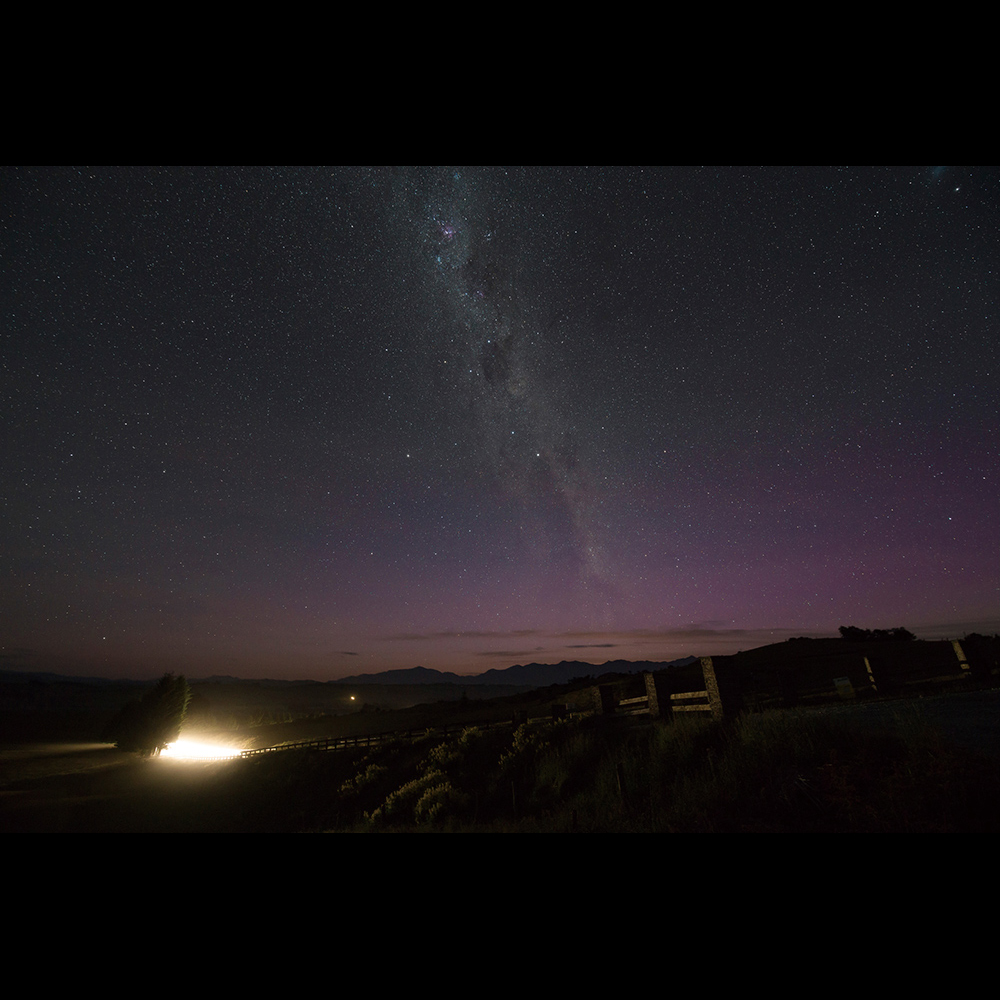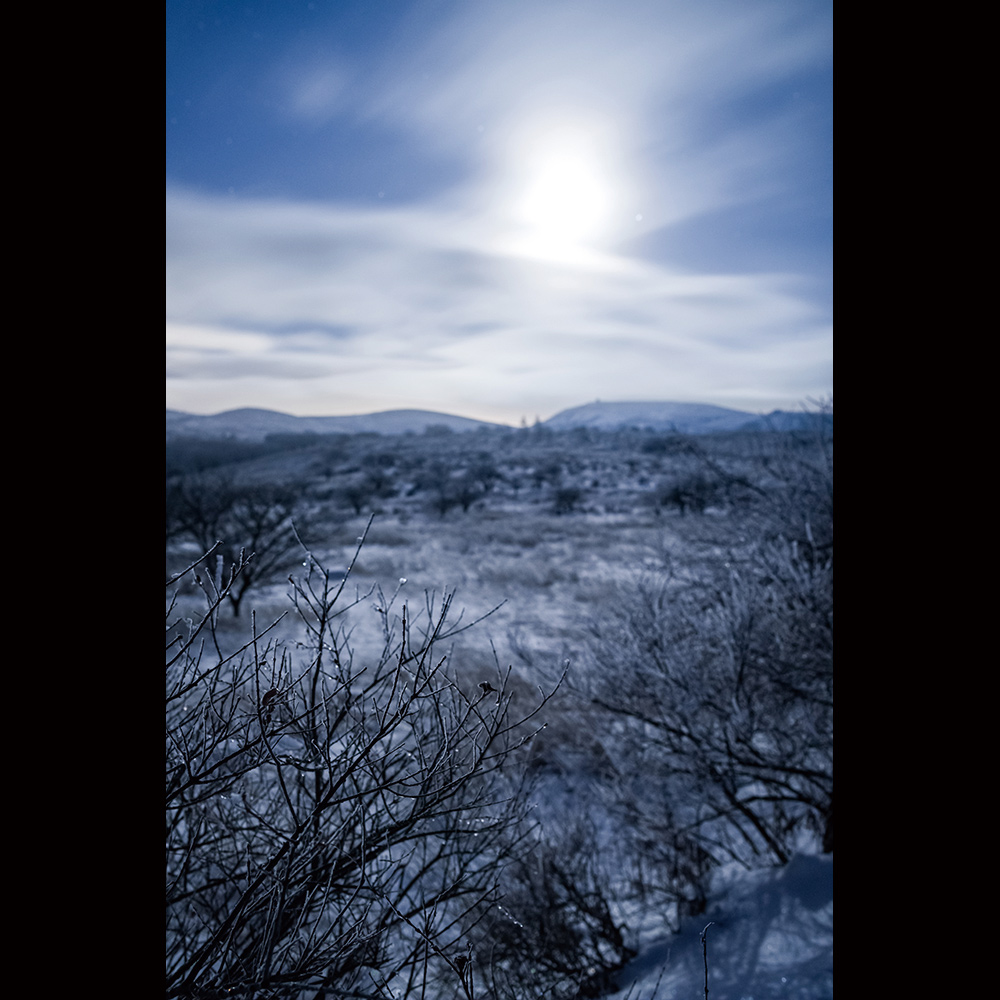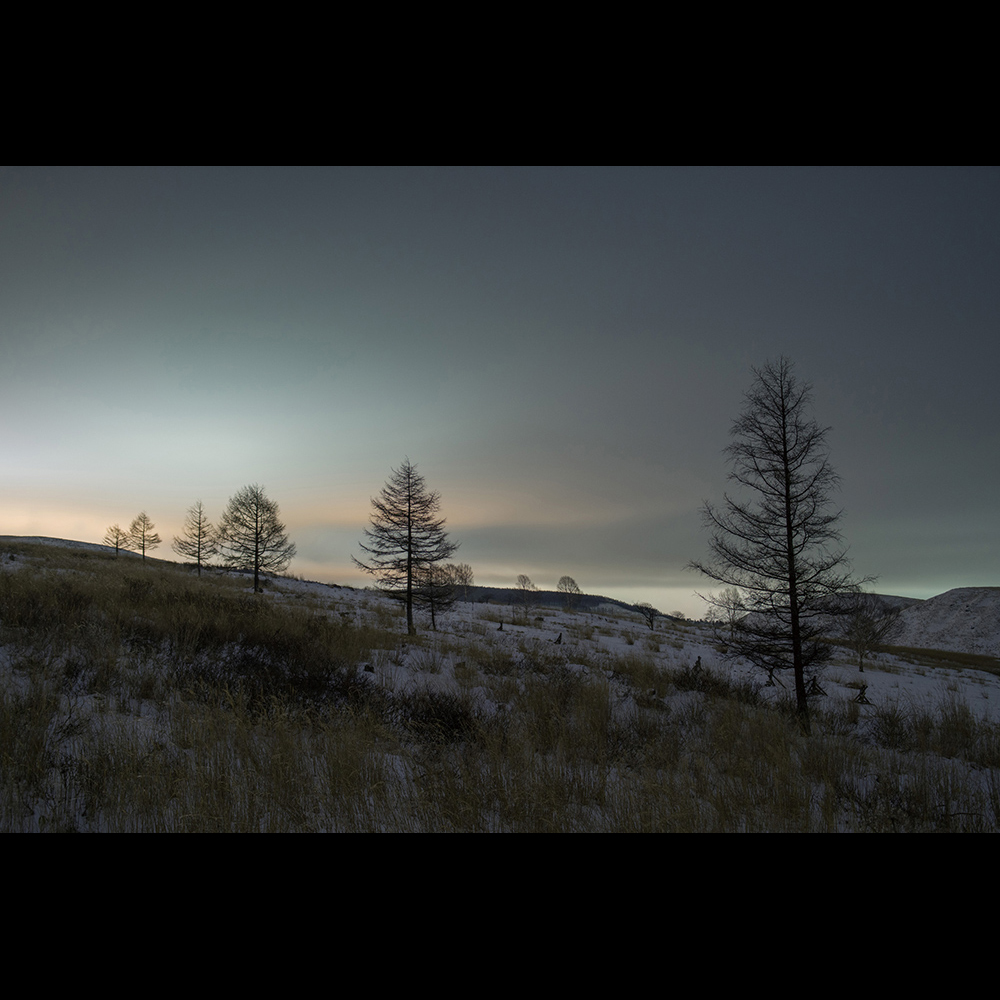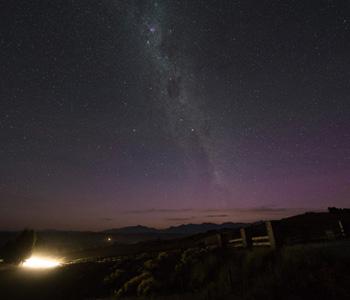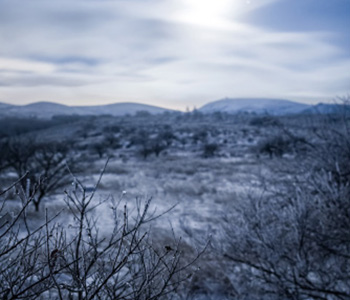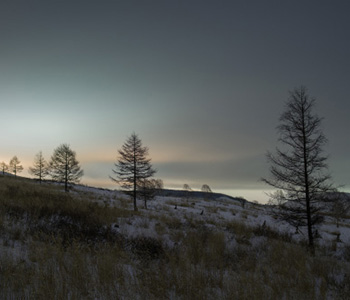

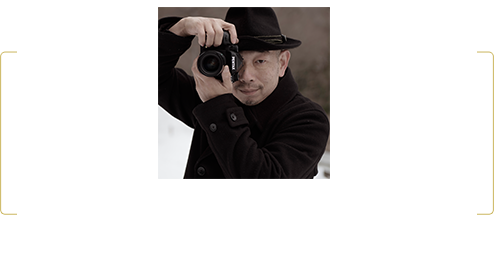
I have long been fascinated by astronomy. It’s not just a hobby; my photographs of starry skies are a form of self-expression. However, photography of the night sky has always been a battle against noise.
The PENTAX K-1’s noise-minimizing capabilities enable me to get more out of the approximately 36.4 megapixels, meaning greater definition even at high sensitivity settings. Here, at last, is a 35mm full-frame camera that delivers high-definition images with low noise levels. High definition naturally inspires the photographer to seek ever-greater detail, with the desired level sometimes being difficult or impossible to achieve, but now the PENTAX K-1 has expanded the possible into new realms of detail. These days, there is so much ambient light at night that fewer and fewer stars are visible to the naked eye. With the PENTAX K-1, however, I can capture the night sky in all its starry splendor—just like it was when I was a boy. Only the PENTAX K-1’s combination of high image quality and the state-of-the-art ASTROTRACER can provide such a sense of awe and wonder. The camera also has GPS capabilities, which make it possible to activate sensors to match the movement of the stars. Because although the naked eye is fooled into thinking the stars are stationary, a long-exposure shot with high-definition will reveal that the stars are actually moving. To date, photographers have used portable equatorial mounts to overcome that problem, but even the most compact portable equatorial mounts are another item to be lugged around in the field. The PENTAX K-1, however, renders them unnecessary—all I need is a tripod. As a result, I can explore further afield and encounter a broader range of photo opportunities. After all, if my gear is light, I’m less likely to decide against going out on a cloudy night when there’s only a smaller chance of unobstructed sky views. Another motivating factor is the high-visibility optical view finder. Its clarity enables me to create distinct compositions within the vast dark and pincushion lights of the night sky. The fusion of the latest digital devices and state-of-the-art optical elements have resulted in a camera that offers high image quality without compromising on usability.
Hideyuki Motegi was born in Tokyo in 1962. After graduating from the Nihon University College of Art, he joined the publisher Magazine House where he did photography for the magazines Croissant, Tarzan, Popeye, and Brutus. He went freelance in 2010. Getting started with digital image processing around 1990, he transitioned to digital photography around 1997 so he was there at the start of the digital era. He won the Japan Magazine Photographers Association award for excellence in 2004 and 2008. He has extensive knowledge of retouching and printing, and his published works include “Photoshop Camera RAW Retouching Workflow” and “A Textbook for Making Beautiful Prints.” Long exposures and extreme high sensitivity were research and creative themes during his student years and have served as the core of his creative expression from that time until now.

